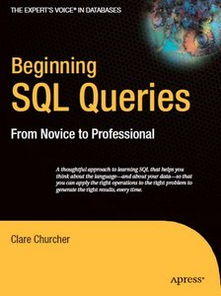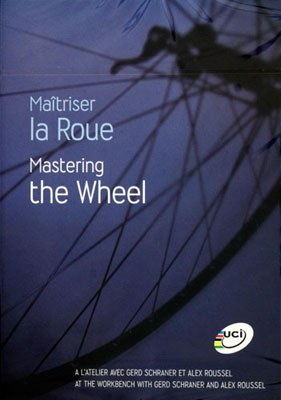Content:

Embarking on a fishing trip can be an incredibly rewarding experience, offering both relaxation and the thrill of the catch. Whether you're a seasoned angler or a beginner, there are several key techniques and tips that can help you improve your chances of landing a fish at the pond. Here's a comprehensive guide to mastering the art of catching fish at the fishing pond.
Understanding the Pond
Before you start casting your line, it's crucial to familiarize yourself with the pond. Observe the water's surface for signs of fish activity, such as ripples or splashes. Look for areas where the water is deeper or where there are submerged objects like rocks, logs, or weeds, as these can be prime spots for fish to hide and feed.
Choosing the Right Equipment
The right equipment can make a significant difference in your fishing success. Here are some essential items to consider:
- Rod and Reel: Choose a rod and reel that match the type of fish you're targeting. Lighter rods are better for smaller fish, while heavier rods are suitable for larger species.
- Line: Use a line that is appropriate for the fish you're after. Monofilament is versatile and durable, while fluorocarbon is nearly invisible underwater and great for catching wary fish.
- Hooks: The size and type of hook depend on the bait you're using and the size of the fish you're targeting. Larger hooks are for bigger fish, while smaller hooks are ideal for smaller species.
- Bait: The type of bait you use should mimic the natural food source of the fish in the pond. Live bait, such as worms or minnows, can be very effective, but artificial lures can also be productive.
Techniques for Catching Fish
- Locate the Fish: Once you've found an area with fish activity, approach it slowly and cautiously. Make sure not to create too much noise or splash, as this can scare the fish away.
- Cast with Precision: When casting, aim for a spot where you've seen fish activity. Make sure your cast is smooth and accurate to avoid spooking the fish.
- Adjust Your Lure: If you're using artificial lures, experiment with different retrieves and speeds to see what triggers a bite. Sometimes, a slow and steady retrieve can be more effective than a fast one.
- Patience is Key: Fishing requires patience. Wait for the fish to bite before setting the hook. If you feel a gentle tug, give it a few seconds before setting the hook. If there's no bite, consider changing your bait or lure.
- Set the Hook Properly: When you feel a bite, set the hook firmly but gently. A sudden, forceful pull can break the line or injure the fish.
Baiting Techniques
- Natural Bait: If you're using live bait, hook it through the mouth or just behind the eyes to ensure it remains lively in the water.
- Artificial Bait: When using artificial lures, make sure they are properly rigged. The hook should be sharp and positioned to catch the fish as it strikes the lure.
- Consistency: Whether you're using live or artificial bait, consistency is key. The movement of the bait should mimic the natural movement of the fish's prey.
Handling and Release
Once you've caught a fish, it's important to handle it properly to ensure its survival. Here are some tips:
- Lift the Fish: When lifting a fish from the water, support its weight with your hand under its belly to avoid damaging its spine.
- Unhook Carefully: Use a pair of needle-nose pliers or a hook-removing tool to gently remove the hook.
- Release or Keep: If you plan to release the fish, make sure it is fully recovered before you set it free. If you're keeping the fish, make sure to follow local regulations regarding size and catch limits.
Conclusion
Fishing at the pond can be a delightful and enriching experience with the right techniques and approach. By understanding the pond, choosing the right equipment, and mastering the art of baiting and fishing techniques, you'll be well on your way to a successful day out. Remember to always practice catch and release if possible, and respect the natural environment for future anglers to enjoy. Happy fishing!












